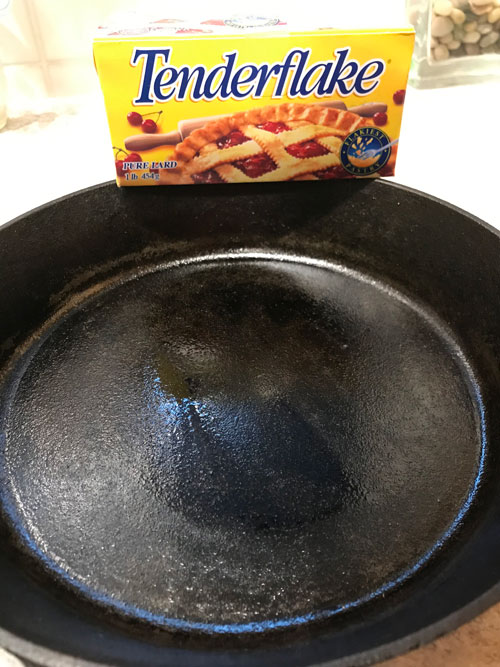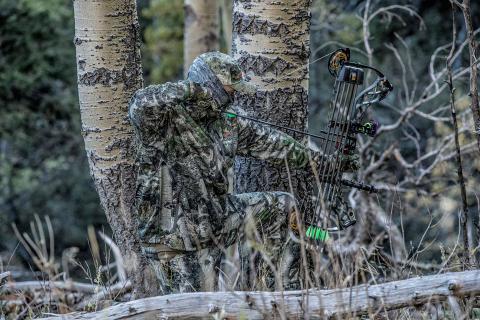by Brad Fenson with video from Jeremiah Doughty of From Field to Plate
Iron has played a pivotal role in exploring North America and feeding those who forged into unknown territory. Iron was used to build wheels and tracks to carry goods and people around our country, but it was the meals prepared on the back of the wagons or in sod homesteads that fueled our pioneers.
Cast iron frying pans and Dutch ovens have been around since man first learned to smelt steel. The porous metal would heat quickly and sear a nice crust of flavor into the meat. The Dutch ovens were big enough to build a good, old-fashioned stew to feed the masses after a long day of physical labor and doubled as a reservoir to save leftovers till the next day.
 Preparing your cast iron cooking pans is relatively easy and takes more time than actual effort. Modern cast-iron pans come pre-seasoned, allowing you to use them right out of the box. However, if somebody accidentally washes it with soap, your seasoning will be gone, and you’ll have to prepare your pan from scratch.
Preparing your cast iron cooking pans is relatively easy and takes more time than actual effort. Modern cast-iron pans come pre-seasoned, allowing you to use them right out of the box. However, if somebody accidentally washes it with soap, your seasoning will be gone, and you’ll have to prepare your pan from scratch.
Many homesteaders would save up to buy a cast-iron frying pan and prepared it for years of use by building a big fire. The pan would be placed in the heart of the fire and allowed to heat until it would glow red. Lard, which was a readily available fat, was then added to the pan, sizzling and popping from the extreme heat. The concept was simple, heat the pan allowing the pores of the metal to open wide, which is when you added fats or oils to cook deep into the microscopic openings to help the pan release food when cooking.
The hot pan and oil would be left on the coals for several hours to ensure the pan would never allow food to stick. It was a simple process and one that still works today. With modern conveniences, most people season a cast-iron pan in a heated oven. Lard still works great, as it has a higher burn temperature unlike butter or olive oil. You can also use peanut, canola or vegetable oils to season a pan.
Heat the oven to 400 degrees and pour an inch of oil into the pan. Leave the hot oil in the pan to allow the pores to soak in the grease for at least two hours - cooling on its own when the process is completed. Pour out any oils left, wipe clean with a paper towel, and you are ready to start a life-long journey of cooking with your favorite pot or pan. You can do the same process on a cook stove by heating the oil and maintaining high heat until certain the pan is non-stick.
Iron is a safe and healthy material to work with. You don’t have to worry about specialized coatings falling off, and they are easy to clean and reuse within minutes.
Camp Chef offers a full line of cast-iron cooking and baking products, from frying pans and Dutch ovens to pie irons, bread pans, dessert dishes, and teapots. There are more options than our forefathers had when settling this country and cooking for large families. And, all new products come seasoned and ready to use.

Need wild game meat for a recipe you've been wanting to try? Check out GameKeeper Butchery. GameKeeper Butchery is dedicated to procuring the finest assortment and highest quality of specialty meats from the United States and around the world. Our commitment is to deliver the safest, freshest and most wholesome products.






























